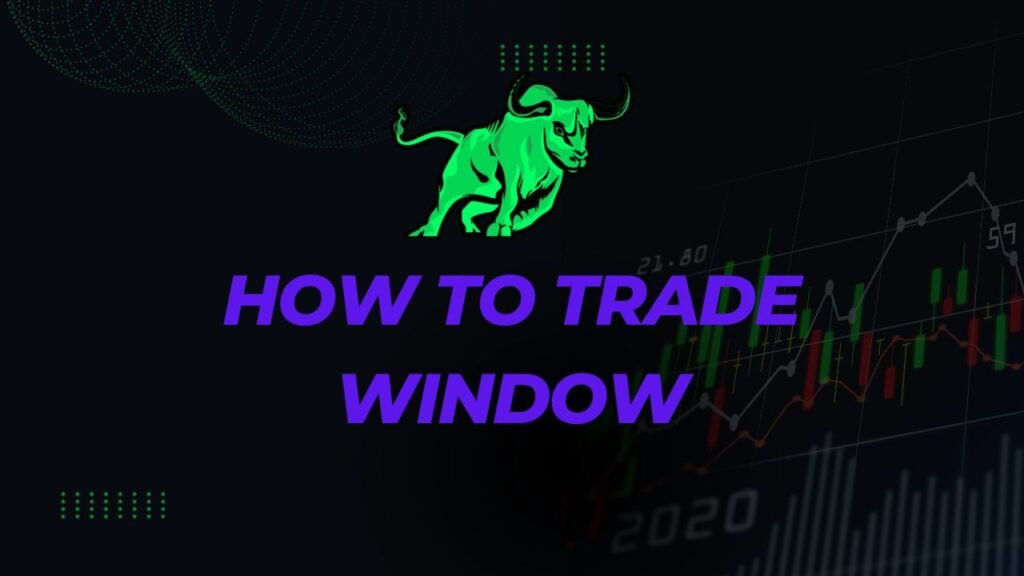
In the dynamic world of trading, the concept of a “window” holds significant importance. Also known as a price gap, a window occurs when there is a noticeable gap in the price movement between two trading sessions. Understanding how to interpret and trade windows is essential for traders seeking to navigate market trends effectively. In this guide, we’ll explore what windows are, their types, and strategies to trade them.
Types of Windows
1. Common Window (Normal Gap):
- A common window is a regular price gap that occurs when the opening price of a candle is higher or lower than the closing price of the previous candle.
- Trading Tip: Common windows often represent natural market fluctuations and can be less significant than other types of windows.
2. Breakaway Window (Breakaway Gap):
- A breakaway window is a gap that signifies a potential change in the prevailing trend.
- Trading Tip: Breakaway windows are crucial for trend identification; a gap upwards may indicate a bullish trend, while a gap downwards may suggest a bearish trend.
3. Exhaustion Window (Exhaustion Gap):
- An exhaustion window occurs near the end of a strong price movement and may indicate the culmination of a trend.
- Trading Tip: Pay attention to volume levels accompanying exhaustion windows, as they can provide insights into the strength of the trend.
Trading Strategies for Windows
1. Confirmation is Key:
- Always wait for confirmation in subsequent trading sessions after identifying a window to ensure it’s not a temporary fluctuation.
2. Volume Analysis:
- Analyze trading volume alongside window formations. An increase in volume during a window may signify stronger market conviction.
3. Trend Analysis:
- Incorporate trend analysis into your window interpretation. Windows can provide valuable clues about the sustainability of a trend.
Advantages of Trading Windows
- Trend Identification: Windows serve as powerful tools for identifying and confirming trends in the market.
- Timing Opportunities: Successfully trading windows can provide strategic entry and exit points for trades.
- Risk Management: Understanding different window types allows for effective risk management based on the context of the market.
Conclusion
In conclusion, mastering the art of trading windows can significantly enhance a trader’s ability to interpret market dynamics. By recognizing the various types of windows and implementing thoughtful trading strategies, you can navigate the complexities of the market with confidence.
Remember, successful trading involves a combination of technical analysis, risk management, and a deep understanding of market psychology.